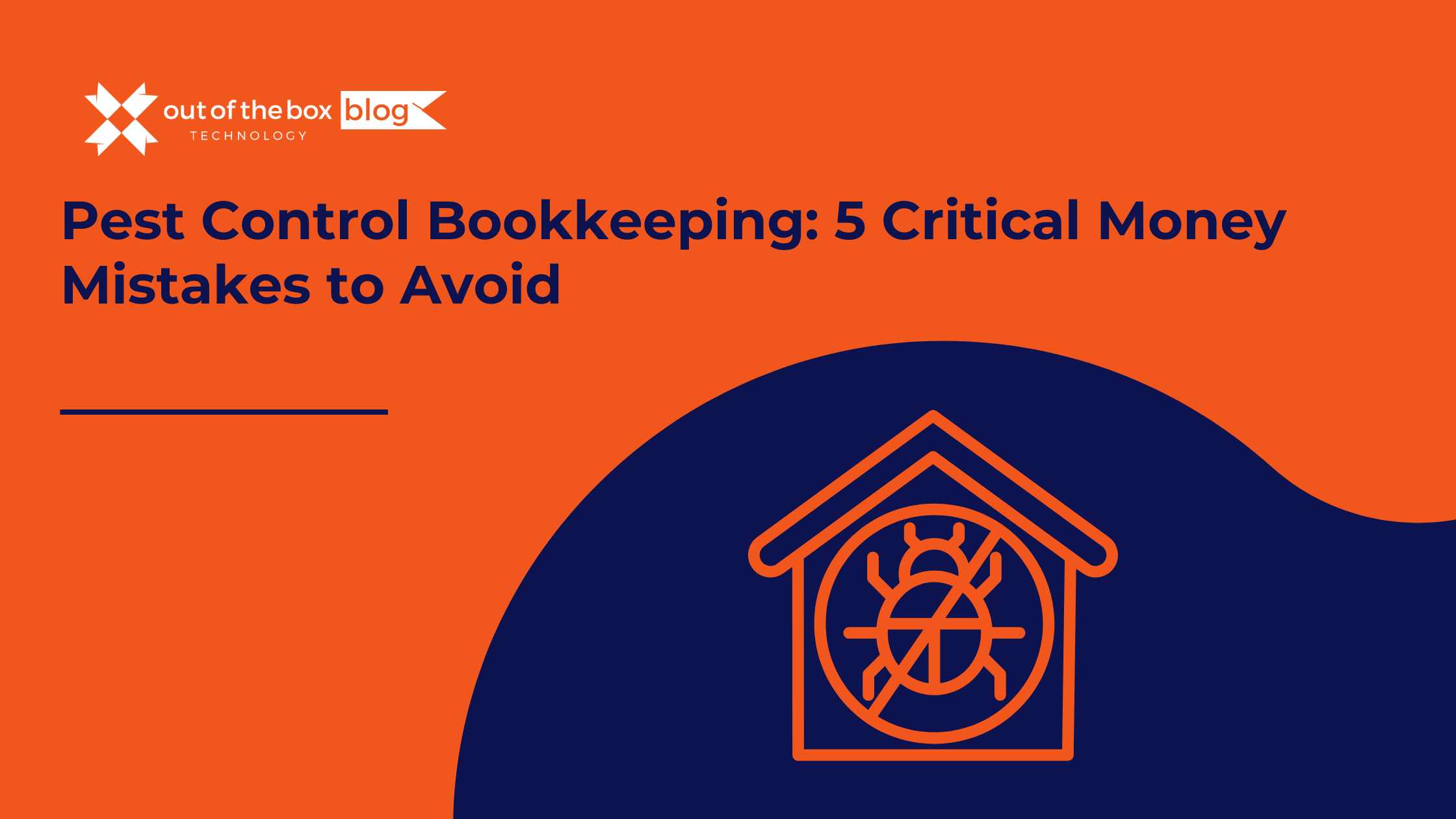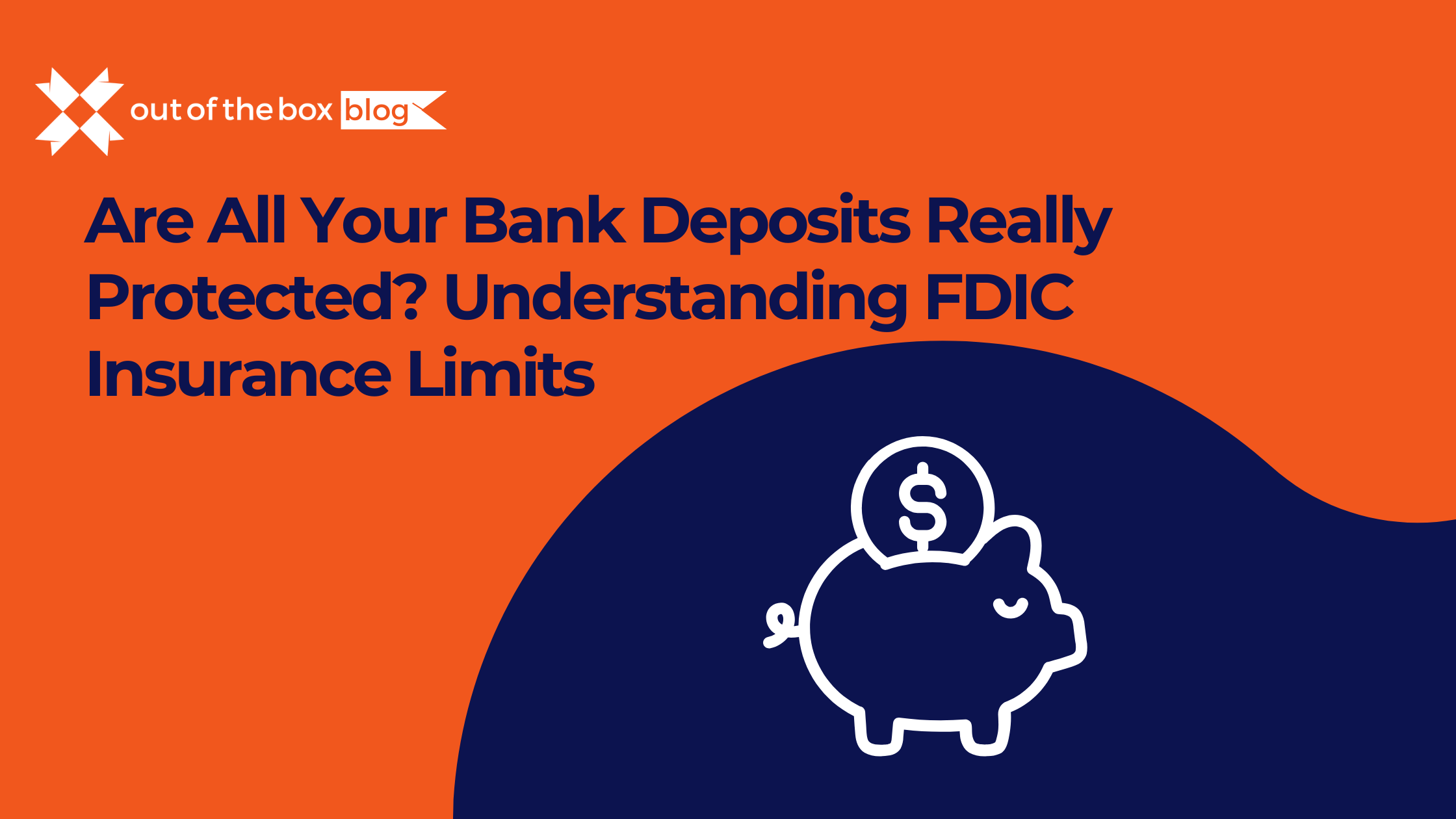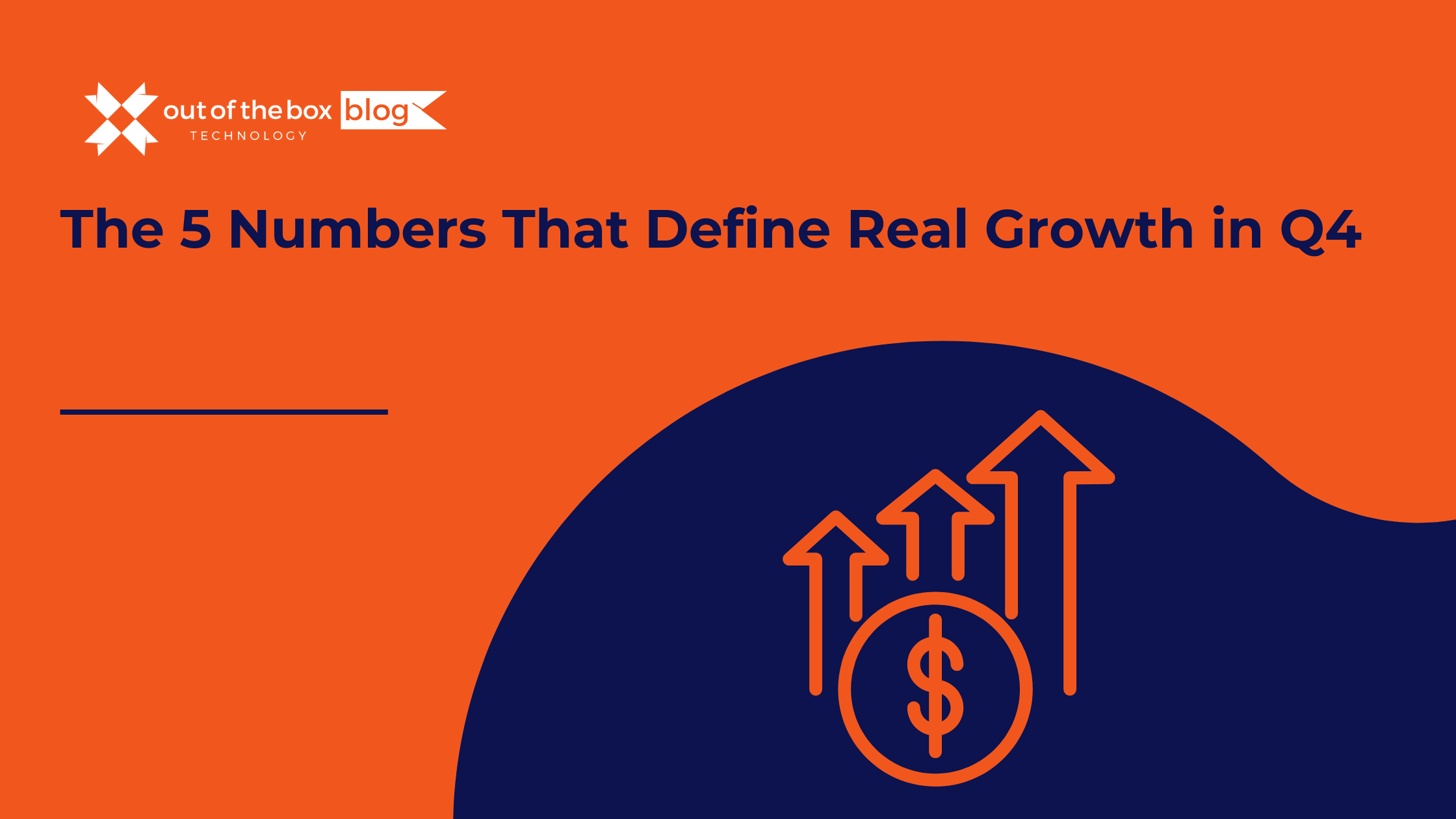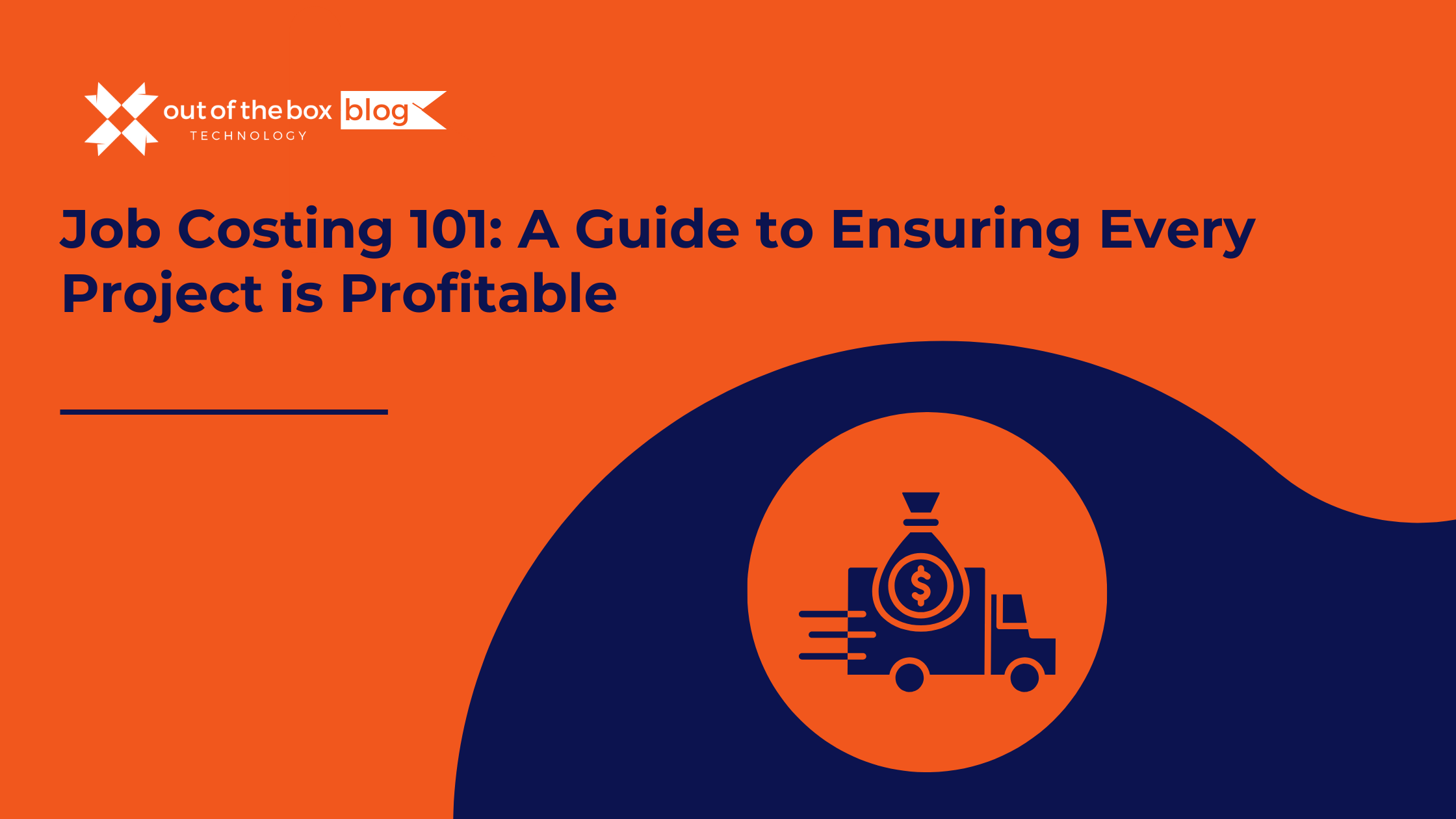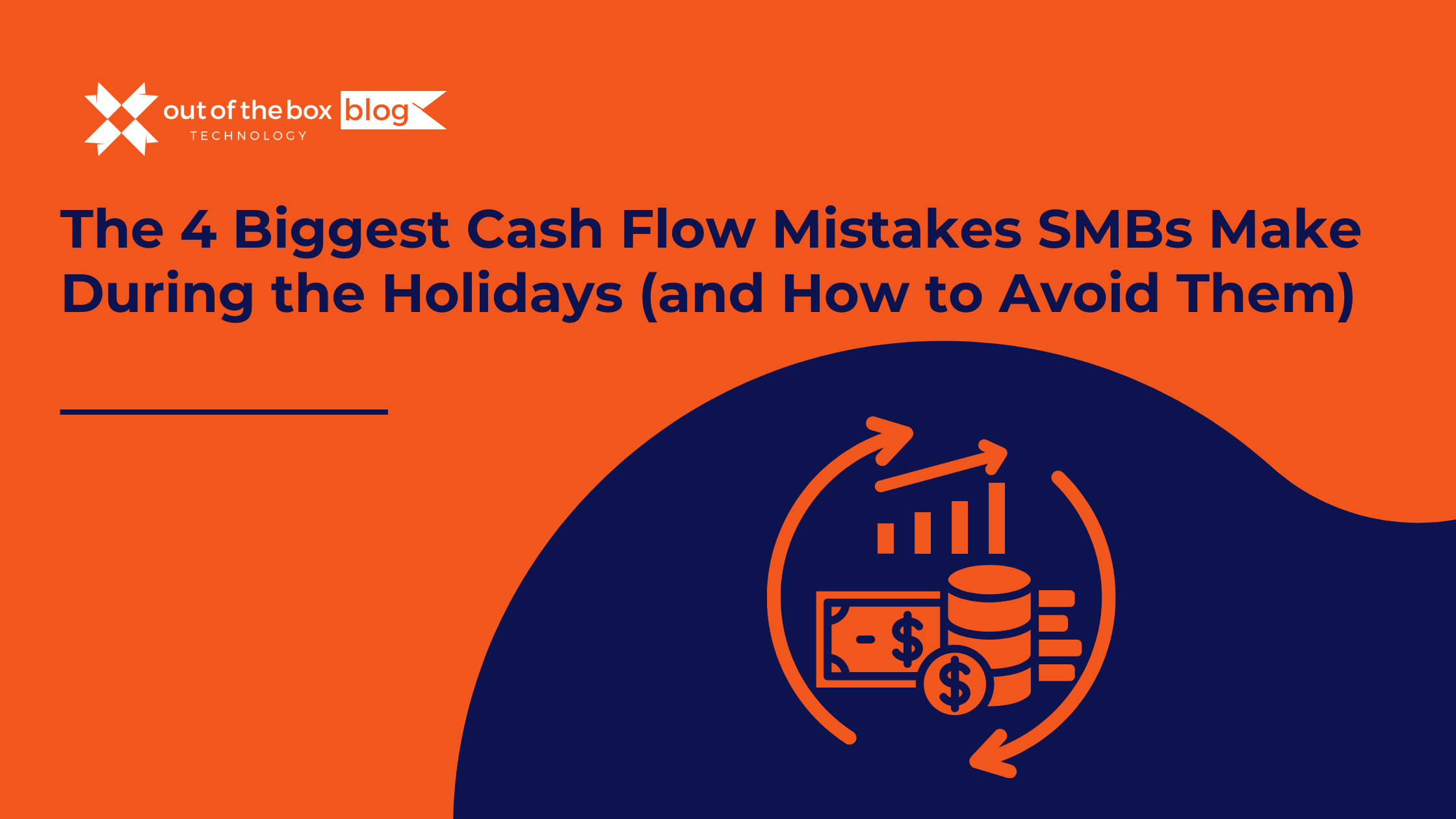As a franchisor, you juggle countless responsibilities, from marketing and brand management to franchisee support and training. But underneath it all lies the bedrock of your entire operation: your financials. If the financial data coming from each location is a tangled mess of different account names, numbers, and structures, you’re flying blind. You lack the clarity to make strategic decisions, the ability to benchmark performance, and the power to truly understand the health of your franchise system.
This is where a standardized Franchise Chart of Accounts (COA) becomes your most powerful, yet often overlooked, asset.
A standardized COA is more than just a list of accounts; it’s a unified financial language that every single franchisee speaks. It ensures that when one location records “Marketing & Promotions,” it means the exact same thing as every other location. This consistency transforms your financial data from a chaotic collection of individual reports into a cohesive, comparable, and incredibly valuable dataset.
This guide will walk you through everything you need to know about creating, implementing, and enforcing a standardized chart of accounts for your franchise. We’ll cover the immense benefits, provide a step-by-step implementation plan, show a concrete example, and answer the most common questions franchisors face.
What is a Chart of Accounts (and Why is it Crucial for a Franchise)?
At its simplest, a Chart of Accounts (COA) is a complete list of all the financial accounts for a business. It’s the organizational backbone of your general ledger. Think of it as the Dewey Decimal System for your company’s finances; every single transaction is categorized and filed under a specific account.
A typical COA is broken down into five main categories:
- Assets: What your business owns (cash, inventory, equipment).
- Liabilities: What your business owes (loans, accounts payable).
- Equity: The net worth of the business (owner’s investment, retained earnings).
- Revenue/Income: Money the business earns from sales.
- Expenses: Money the business spends to operate (rent, payroll, utilities).
For a single small business, a simple COA might be enough. But for a franchise, the complexity multiplies with each new location. Without standardization, you might have one franchisee using an account called “Advertising,” another using “Local Marketing,” and a third lumping it all under “General Expenses.” It’s impossible to compare apples to apples when everyone is describing their fruit differently.
The Power of Standardization: 5 Key Benefits for Franchisors
Implementing a standardized COA is a strategic business decision that pays dividends across your entire network. The clarity and consistency it provides are transformative.
1. Unparalleled Financial Visibility & Benchmarking
This is the number one benefit. With a standardized COA, you can finally run consolidated reports that give you a true, system-wide view of financial health. More importantly, you can benchmark performance between locations.
- Example: Imagine Franchisee A in Texas has a Cost of Goods Sold (COGS) of 35%, while Franchisee B in Florida has a COGS of 28%. With a standardized COA, you know they are calculating this the exact same way. You can now dig deeper. Is Franchisee A facing higher supplier costs? Is there an issue with waste or inventory management? This data-driven insight allows you to identify best practices from top performers and provide targeted support to those who are struggling.
2. Simplified and Accurate Royalty & Fee Calculations
Most franchise agreements are built on percentages of gross sales or revenue. When franchisees use different accounts for revenue streams, calculating royalties becomes a manual, error-prone nightmare. A standardized COA ensures all revenue is categorized correctly, making royalty calculations simple, transparent, and accurate. This reduces disputes and ensures you are collecting the correct fees, protecting your revenue stream.
3. Streamlined Onboarding & Training for New Franchisees
Bringing a new franchisee into the system is a critical process. Instead of having them create their own accounting system from scratch, you can hand them a pre-built, standardized chart of accounts, often as a template in software like QuickBooks. This dramatically shortens their financial setup time, reduces errors, and ensures they start on the right foot from day one. Your training becomes more efficient because you are teaching one universal system.
4. Enhanced Strategic Decision-Making
Accurate, comparable data empowers you to make smarter decisions for the entire franchise.
- Should you launch a national marketing campaign? Analyze the “Marketing Expense” and “Sales” accounts across all locations to see the ROI of past efforts.
- Are supply costs increasing? A system-wide view of COGS accounts can give you the leverage to negotiate better deals with vendors.
- Which regions are most profitable? GEO-specific analysis becomes simple when every location’s Profit & Loss (P&L) statement is structured identically.
As Vena Solutions points out in their analysis of franchise finances, siloed data is a major challenge. A standardized COA breaks down these silos, turning raw data into actionable intelligence.
5. Improved Compliance & Easier Audits
Whether it’s for an internal audit or for tax purposes, consistency is key. A standardized COA ensures that financial practices are uniform and compliant with Generally Accepted Accounting Principles (GAAP). If you ever decide to seek outside investment or sell the company, having clean, consolidated, and easily auditable financial statements is non-negotiable.
Building Your Standardized Franchise Chart of Accounts: A Step-by-Step Guide
Creating a standardized COA requires careful thought and planning. It needs to be detailed enough to provide insight but not so complex that it becomes burdensome for franchisees.
Step 1: Start with a Template
Don’t reinvent the wheel. Software like QuickBooks Enterprise offers industry-specific COA templates that provide a fantastic starting point. You can select a template for restaurants, retail, or service businesses and then customize it to fit the unique nuances of your franchise.
Step 2: Define Your Core Account Categories & Numbering System
A logical numbering system is the foundation of a great COA. It creates structure and makes accounts easy to find. A common practice is to assign a range of numbers to each of the five main account types.
Here’s a typical structure:
- 1000-1999: Assets (e.g., 1010 for Cash, 1200 for Inventory)
- 2000-2999: Liabilities (e.g., 2010 for Accounts Payable, 2500 for a Business Loan)
- 3000-3999: Equity (e.g., 3010 for Owner’s Investment, 3200 for Retained Earnings)
- 4000-4999: Income/Revenue (e.g., 4010 for Product Sales, 4020 for Service Revenue)
- 5000-5999: Cost of Goods Sold (e.g., 5010 for Raw Materials, 5020 for Freight)
- 6000-9999: Expenses (e.g., 6010 for Rent, 7000 for Payroll, 8000 for Marketing)
Step 3: Customize for Your Franchise Model
This is where you tailor the template to your specific business. Think about every possible transaction a franchisee might have.
- Income Accounts: Do you have different revenue streams? Create separate accounts. A quick-service restaurant might have “In-Store Sales,” “Drive-Thru Sales,” and “Third-Party Delivery Sales (UberEats, etc.).”
- Cost of Goods Sold: Be specific. Instead of one “Food Costs” account, you might have “Food – Beverages,” “Food – Proteins,” and “Food – Paper Goods.”
- Expense Accounts: This is where detail is crucial. Break down broad categories. Instead of just “Marketing,” create sub-accounts like “Marketing – Local SEO,” “Marketing – Social Media Ads,” “Marketing – Print Flyers,” and “Marketing – National Ad Fund Contribution.”
Step 4: Document Everything: Create a COA Dictionary
You cannot skip this step. For every single account, create a document that lists:
- Account Number: e.g., 8020
- Account Name: Marketing – Social Media Ads
- Description: “Use this account for all expenses related to paid advertising on social media platforms like Facebook, Instagram, and TikTok. Do NOT include agency management fees here (use account 8050 – Marketing Agency Fees).”
This dictionary removes all ambiguity. It ensures every bookkeeper and franchisee knows precisely which transactions go into which accounts.
Example: Standardized Chart of Accounts for a “Speedy Burger” Franchise
Here is a simplified snippet of what a standardized COA could look like for a fictional burger franchise.
| Account # | Account Name | Type | Description |
|---|---|---|---|
| 4000 | INCOME | Income | Income |
| 4010 | Sales – Food | Income | Revenue from all food items sold. |
| 4020 | Sales – Beverages | Income | Revenue from all beverage items (soda, shakes, etc.). |
| 4030 | Sales – Merchandise | Income | Revenue from branded merchandise (t-shirts, hats). |
| 5000 | COST OF GOODS SOLD | COGS | |
| 5010 | COGS – Food | COGS | Cost of all raw food ingredients (buns, meat, produce). |
| 5020 | COGS – Beverages | COGS | Cost of all beverage ingredients (syrup, cups, lids). |
| 5030 | COGS – Paper Goods | COGS | Cost of packaging, napkins, bags, and cutlery. |
| 8000 | MARKETING EXPENSES | Expense | |
| 8010 | Mktg – Local Store Marketing | Expense | Costs for local event sponsorships, flyers, mailers. |
| 8020 | Mktg – Digital Advertising | Expense | Costs for social media ads, search engine marketing. |
| 8030 | Mktg – National Ad Fund | Expense | The required 2% gross sales contribution to the national fund. |
Best Practices for Implementation & Enforcement
Creating the COA is half the battle; getting everyone to use it consistently is the other half.
- Mandate Through the Franchise Agreement: The requirement to use the standardized COA and specified accounting software (like QuickBooks) should be written directly into your Franchise Disclosure Document (FDD) and franchise agreement.
- Provide Robust Training: Host webinars and create video tutorials walking franchisees through the COA. Explain the “why” behind it—how it benefits them with better data—not just the “how.”
- Leverage Technology: Use a cloud-based accounting platform like QuickBooks Online Advanced or QuickBooks Enterprise. This allows you to create a master template that can be easily pushed out to new franchisees. It also gives you (with permission) dashboard-level access to review their P&L and Balance Sheets, making it easy to spot inconsistencies.
- Regularly Review and Audit: Have your franchise business consultants review franchisee financials as part of their regular performance reviews. Gentle correction and consistent reinforcement are key to maintaining compliance.
- Review and Update Annually: Business changes. You may add new revenue streams or encounter new types of expenses. Review the COA annually with a committee of franchisees to ensure it still meets the needs of the system.
The Data-Backed Case for Standardization
While the concept is logical, the numbers drive the point home. The franchise model is inherently successful because it’s a proven system. According to data from Neighborly, franchises have a significantly higher success rate than independent businesses, with nearly 94% of franchises still open after five years compared to about 50% of startups.
Why? A primary reason is the robust support and proven operational models provided by the franchisor. A standardized financial system is a core component of that model. As the International Franchise Association (IFA) emphasizes in its code of ethics, the franchise relationship is founded on mutual success. A franchisor cannot be successful unless its franchisees are. Providing the tools for financial clarity, like a standardized COA, is a direct investment in your franchisees’ success—and therefore, your own.
Frequently Asked Questions (FAQs)
Q1: What if my existing franchisees already have their own accounting systems? This is a common challenge. The best approach is a phased rollout. Grandfather existing franchisees in for a period, but make the standardized COA mandatory upon their next franchise agreement renewal. Showcase the benefits by running performance comparisons for those who have adopted it, creating a compelling case for them to switch sooner.
Q2: How detailed should our standardized Chart of Accounts be? It should be detailed enough to track all the key performance indicators (KPIs) that matter to your business, but not so granular that it becomes overwhelming. Focus on creating sub-accounts for the biggest levers of profitability in your business, such as specific revenue channels, labor costs, and major marketing expenses.
Q3: How often should we update our Chart of Accounts? You should conduct a formal review once a year. Avoid making frequent changes, as this creates confusion. Updates should only be made to reflect significant, permanent changes in your business model, such as adding a major new product line or a new sales channel.
Q4: Can we really mandate a specific software like QuickBooks? Yes, it is common and highly recommended. Specifying the accounting software in your FDD and franchise agreement is standard practice. This ensures uniformity not just in the COA, but in the entire financial reporting process, which is critical for system-wide data aggregation.
Q5: What’s the difference between a standardized COA and a consolidated financial statement? The standardized COA is the tool that makes accurate consolidation possible. Each franchisee uses the standardized COA to generate their individual financial statements (P&L, Balance Sheet). You, the franchisor, then take all those identically structured statements and consolidate them to get a complete picture of the entire franchise system’s performance.
Your Blueprint for Growth and Clarity
A standardized chart of accounts is the financial blueprint for your entire franchise system. It’s the single source of truth that enables benchmarking, simplifies operations, and provides the critical data needed for strategic growth.
By investing the time to create, implement, and enforce a well-structured COA, you are moving your franchise from a collection of individual businesses to a truly unified, data-driven, and more profitable enterprise.
Ready to bring unparalleled financial clarity to your franchise? Contact Out of the Box Technology today. Our experts specialize in deploying accounting solutions like QuickBooks Enterprise for franchises, helping you build and implement a standardized chart of accounts that scales with your success.
Schedule Your Free QuickBooks Consultation and discover how Out of the Box Technology can help you streamline operations, protect profit margins, and set your business up for long‑term growth.
